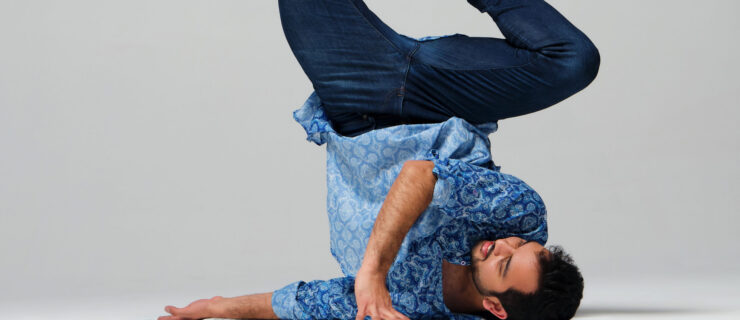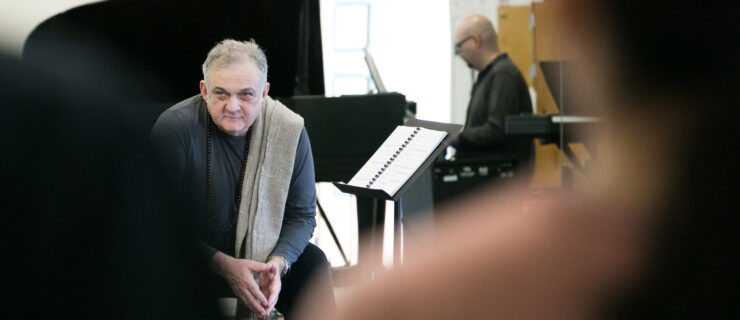3 Strategies for Recognizing and Healthily Navigating Hunger Cues
It seems simple: You’re hungry, then you eat. At its most basic level, a hunger cue is your body’s way of communicating a need for energy replenishment. In other words, it’s time for a meal or snack. For dancers, however, hunger cues can be less straightforward, especially when restrictive eating and/or busy schedules can cause these cues to diminish or go unnoticed.
Hunger cues can be categorized into different types—those that stem from biological factors and those that stem from psychological factors. The body’s biological need for energy replenishment can be experienced in a variety of ways, such as a grumbling stomach, lightheadedness, a headache or overall fatigue from diminished blood sugar. Psychological factors also impact appetite: There are times when your desire to eat might just be because a food looks appealing and smells appetizing. The urge to eat can also present itself during times of heightened emotional triggers, like stress, nerves, anxiety and even excitement.
There’s a lot to consider when deciphering your body’s appetite cues; understanding these strategies can help you navigate them in a healthier way.
Regulating Appetite
Your body will be most reliable at communicating its needs when you’re eating nutritious foods regularly, which provide adequate tools to support metabolic and physical functioning. An under-fueled dancer will experience extreme appetite fluctuations: Rebound hunger occurs after an extended period without a meal or snack. Once you do start eating, hunger cues skyrocket as your body prioritizes the need to make up for a calorie deficit. This can lead to feeling out of control around food, setting the stage for “over”-eating.
Balanced meals and snacks eaten regularly throughout the day are important for dancers, even when you’re not hungry. Preparing ahead and packing convenient options for long rehearsal or performance days is a great way to progress toward metabolic health and regulating your appetite.
Recognizing Physical Hunger
Physical hunger cues will eventually become more reliable as you work to regulate your appetite. Taking time to notice, and note in a journal, how your body is communicating hunger can be a helpful exercise. As mentioned before, the obvious signs of a grumbling tummy, lightheadedness, a headache and/or overall fatigue are easier to identify. But hunger can present in more subtle ways—relentless thoughts about food, irritability and difficulty picking up choreography are just a few.
Banishing food rules that dictate when to eat is especially important for dancers whose performance schedules leave them dancing through the evening hours. If you’re hungry, eat.
Making Room for Taste Hunger
Eating without the presence of physical hunger cues can feel taboo, but ignoring those cravings can fuel a cycle of compensatory eating and food guilt. The best way to honor taste hunger is to do so within the context of adequate fueling. The balanced meals and snacks you’re eating regularly throughout the day will unlock your ability to harness mindful eating techniques. Your ability to slow down and savor the experience helps to build self-trust around all foods—whether you’re hungry or not!
As you identify your body’s unique hunger cues, consider how your fueling plan is supporting you. If you’re continuing to bounce between extremes—like intense hunger and uncomfortable fullness, a registered dietitian nutritionist can help to identify the potential for red flags of an unsupportive fuel plan. Appetite regulation can be challenging for dancers, but the added effort will help to support your training.





